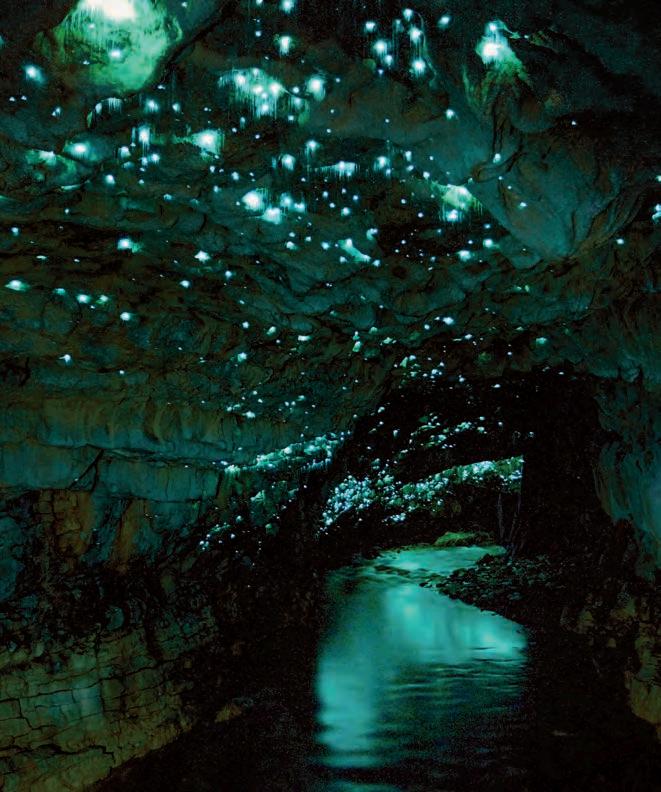
1 minute read
The National Geographic Difference
The paleontological sites of Morocco's Sahara have yielded fascinating new fossil finds.
| KNOWLEDGE
LET THE EXPERTS GUIDE YOU
You gain knowledge when you travel with National Geographic—whether you’re learning about fossils in Morocco or sailing the Galápagos aboard an intimate yacht while listening to a naturalist interpret animal behavior. From the local guides who lead your trip to the experts you meet in the field, you'll be surrounded by people who are steeped in knowledge and insights—and passionate about sharing that knowledge with you.
Over the past 133 years, we’ve sent our scientists, storytellers, and adventurers across continents and into remote cultures, down to the oceans’ depths and up the highest mountains in an effort to better understand our planet. National Geographic Expeditions grew from this legacy as a way to invite others to explore—to encounter the wonders of the world up close, in depth, right at the source, and to be transformed by the experience.


The sleek, spotted coat of a wild margay stands out on a volcanic outcrop in Costa Rica’s Arenal Volcano National Park. A subterranean tunnel dazzles with illuminated glowworms in New Zealand.
| GIVE BACK | ACCESS
EXPLORATION HAPPENS BECAUSE OF YOU
When you travel with us, you help further the work of our scientists, explorers, and educators around the world. Every year, we distribute a portion of our proceeds to the National Geographic Society, creating more opportunities to work toward a planet in balance. To learn more, visit natgeo.com/giveback. CLOSER THAN YOU'VE EVER IMAGINED
National Geographic opens doors around the globe: our relationships with scientists, explorers, scholars, and storytellers allow us special access to places and people. Traveling with us, you get a close-up view of work that’s helping to illuminate and protect the world’s cultural and natural treasures, from the revival of ancient weaving practices in the Peruvian Andes to wildlife conservation efforts run in partnership with the Maasai of Tanzania.










